I’ve been using Notion to brainstorm for years, so it was interesting to see if Loop could be a replacement since I am heavily ingrained in Microsoft’s ecosystem. After spending some time with it, I’m holding off from switching. Loop has lots of catching up to do.
6
No Nested Pages, No Structure
Brainstorming can sometimes require you to structure your ideas hierarchically so you can easily capture ideas within ideas. This layered approach allows you to simplify complex topics while keeping them organized and easy to navigate. Without nested pages, Loop makes it harder to achieve the depth needed for intricate brainstorming sessions.
Nested pages enable flexible, layered organization, which is ideal for complex brainstorming sessions in Notion. Loop’s on-page components, like tables and lists, which Notion also has, are too rigid for this. With Notion’s subpages, you can seamlessly break down ideas, which fosters creativity and clarity.
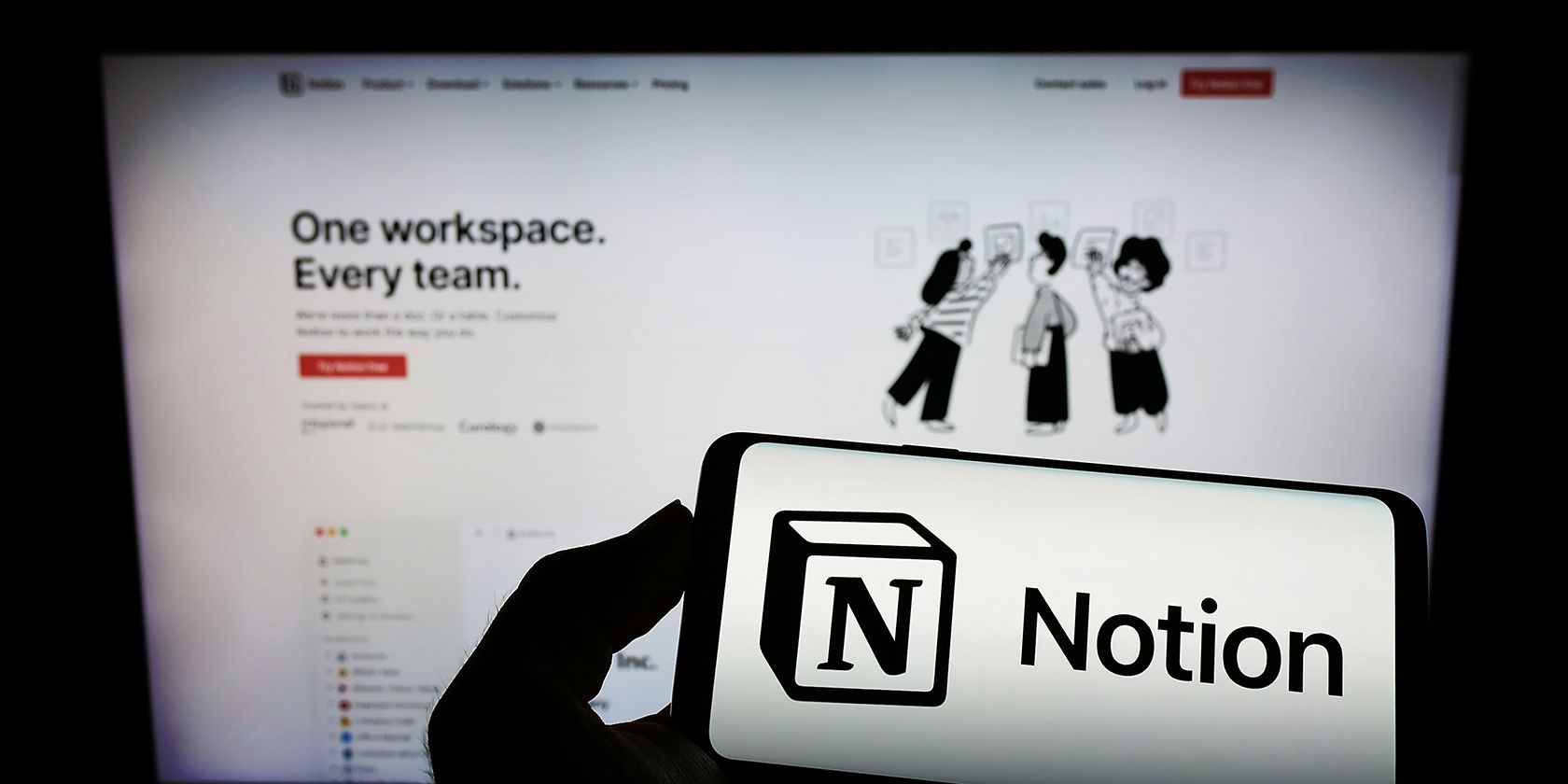
Related
How to Get Started With Notion
Does it seem like everyone knows how to use Notion but you? Catch up with this gentle introduction.
5
Loops Templates Selection Is Significantly Lacking
A brainstorming session can go faster and smoother with a template serving as a guide for the thought process. That’s because it removes that overwhelming feeling of a blank page. This allows you to dive straight into fleshing out your idea without worrying about things like structure and formatting.
Both Notion and Loop have templates for various scenarios, but while the former has over 30,000, the latter only has a few dozen. The biggest reason Notion has so many templates is its template marketplace (Loop doesn’t have one yet). You can find templates created by the Notion team and users, ensuring that you’re likely to find what you need for your brainstorming needs (e.g., mind maps, mood boards, or idea trackers).
4
Notion Has Diverse Embeds
Notion allows you to embed different types of content on your pages, including X posts (formerly tweets), Figma designs, Google Drive files, Lucid Chart mind maps, and Pinterest Pins. These embeds enhance brainstorming by allowing you to add visual aids from multiple sources. Loop is limited in this regard, with unsupported embeds like X posts and Pinterest pins showing basic non-interactable links.
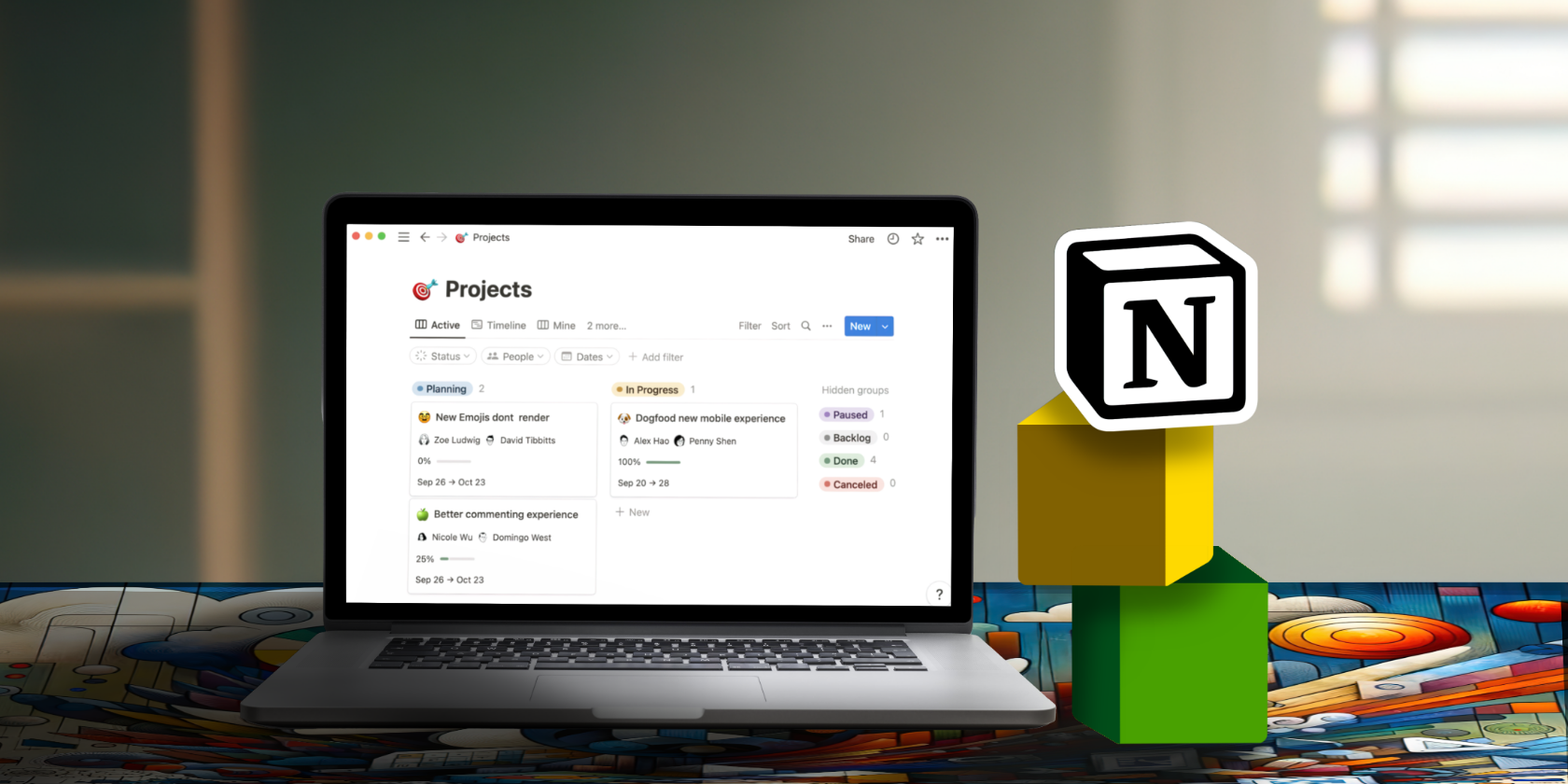
Related
9 Notion Integrations to Enhance Productivity
Automate, streamline, and organize—Notion just got better.
3
Loop Has Limited Automation
Both Loop and Notion offer built-in automations that streamline brainstorming. Automations can help with organizing ideas, sending notifications, and syncing with external apps. They rely on rules to trigger actions when events occur.
In this regard, Loop’s table-based automations are basic, considering the triggers are only conditional, and you can only add one trigger per rule. The actions are also limited to sending notifications via Teams or email.
Notion’s database-based automations, on the other hand, are more robust. They allow you to add rules triggered by when certain conditions are met or by frequency, and you can add many of them to a single rule. These automations can perform actions like sending notifications to Slack, Gmail, or Outlook, editing pages, or triggering webhooks for tools like Zapier.
The ability to trigger webhooks is especially important. Notion does it natively, allowing you to build external workflows. With Loop, you will have to integrate it with Power Automate to do that. Not only is this an added step, but it’s more suitable for people comfortable staying within Microsoft’s ecosystem.
2
AI Brainstorming Is Expensive on Loops
AI has become an essential brainstorming tool for many, as it can significantly speed up the process. You can use it to generate or flesh out ideas in an instant. AI can even help you overcome writer’s block or that overwhelming blank page feeling (like templates do).
You can use Loop with Copilot, Microsoft’s AI assistant, but you’ll need to pay $20 per month for a Copilot Pro subscription. This is a tough sell, even for someone like me who loves Microsoft products. You also need a separate subscription to use Notion AI in Notion’s page, but it’s more affordable at $10 per month.
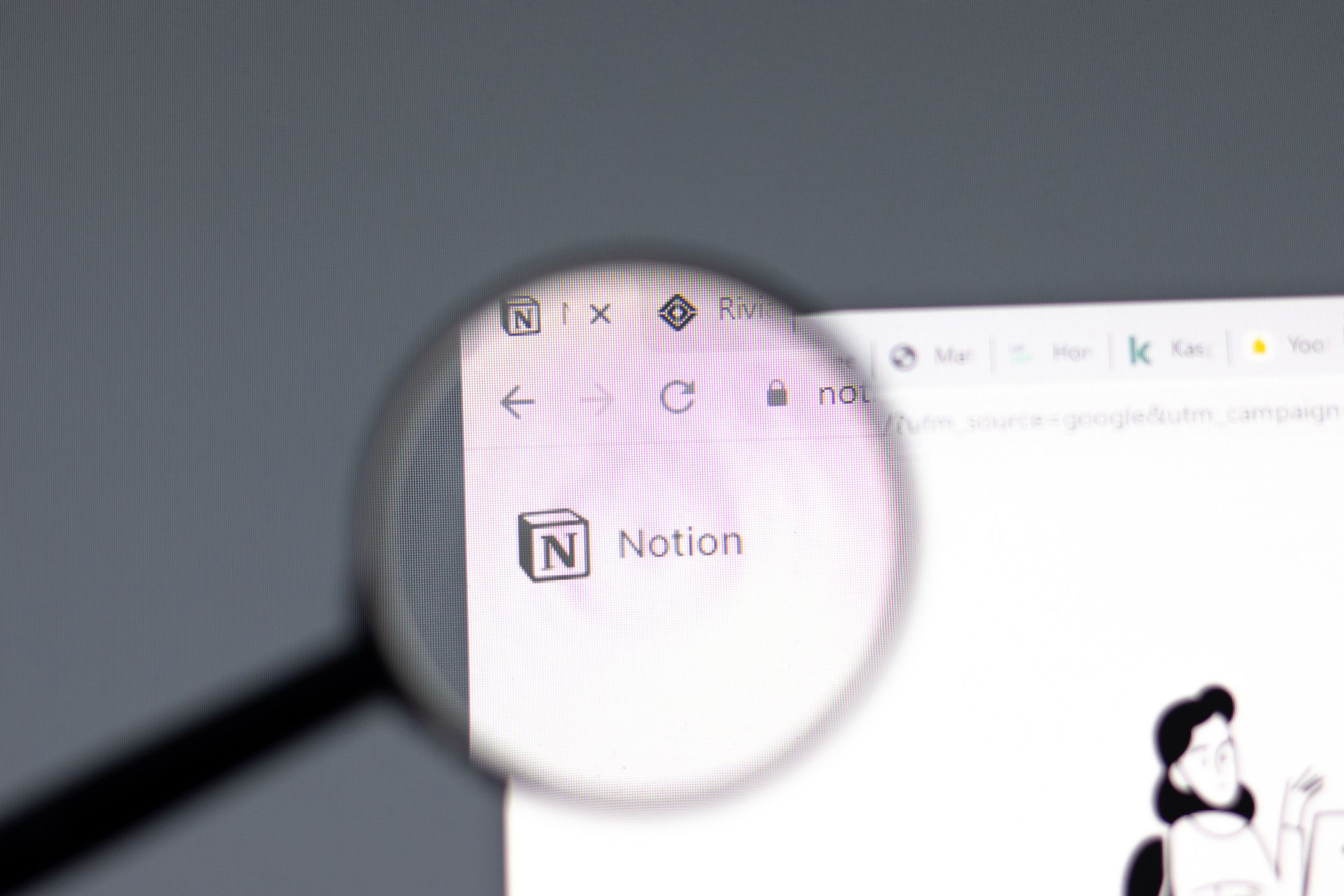
Related
The 6 Notion Features That Keep My Overwhelming Task List in Check
Tackle that ever-growing task list with these Notion features.
Loop’s community support lags significantly behind Notion for the simple fact that Notion has had more time to build its community. Notion was released in 2016, and Loop launched in 2023, giving Notion a seven-year head start. That is years and years’ worth of templates, tips, and tutorials being shared on YouTube, social media platforms, and dedicated forums.
This makes Notion the ideal platform for finding brainstorming-related resources. Loop’s community is still in its infancy, with limited user-generated content and fewer resources available. With Loop, you’ll mostly rely on Microsoft’s official documentation and support channels for guidance while its community continues to grow.
At the time of writing, Loop lacks the versatility and support that Notion has. This makes sense because Loop is relatively new and has a different primary purpose than Notion. But even when it comes to brainstorming, the extra features that Notion has make a big difference.


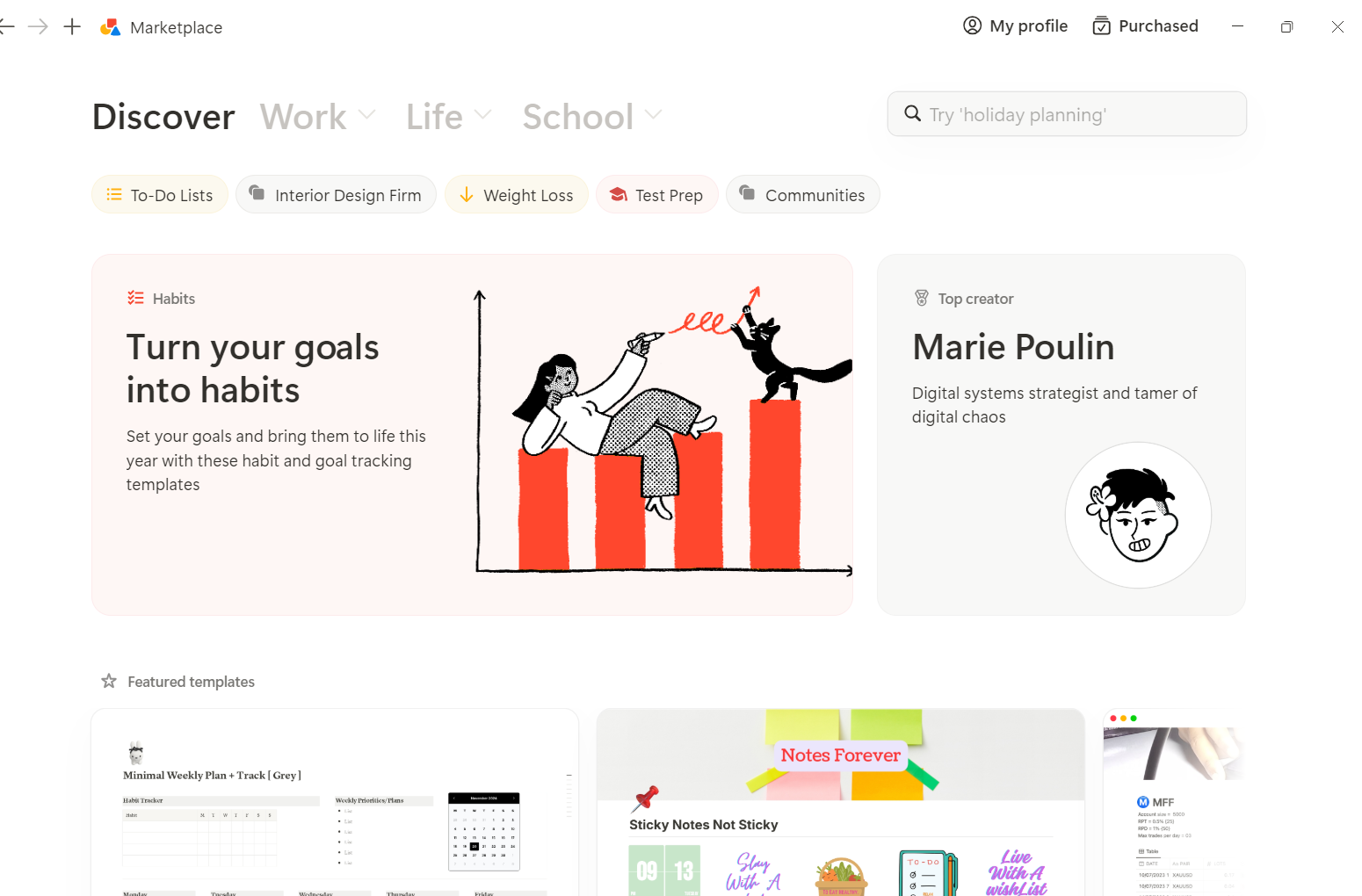
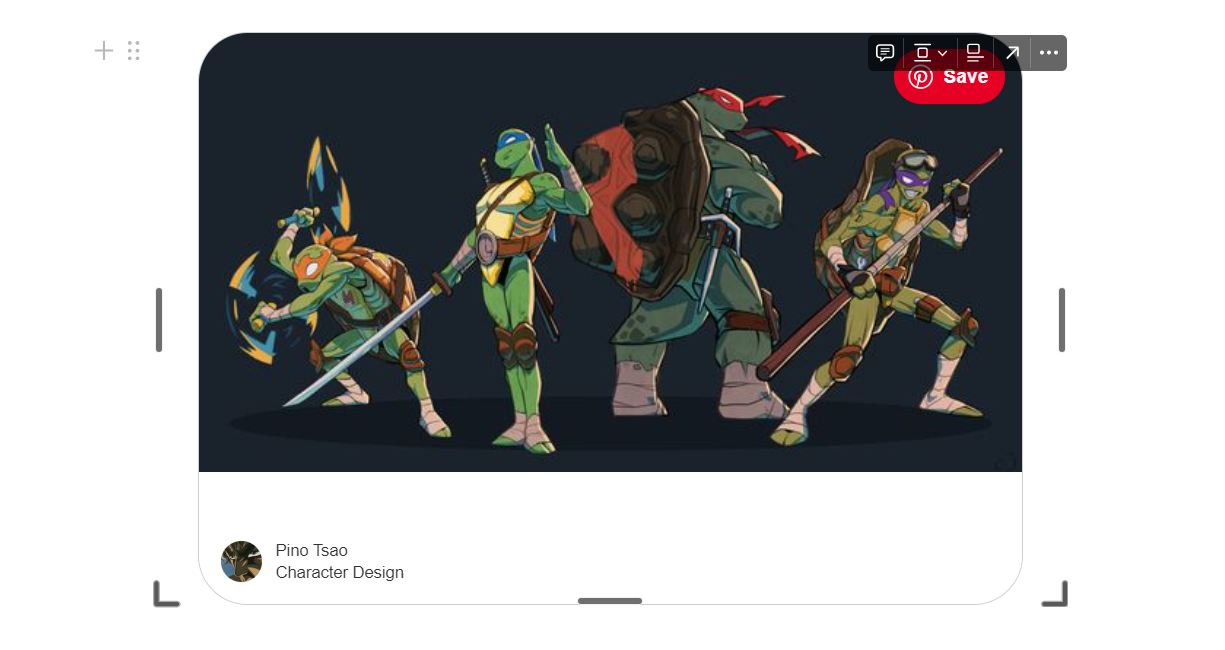
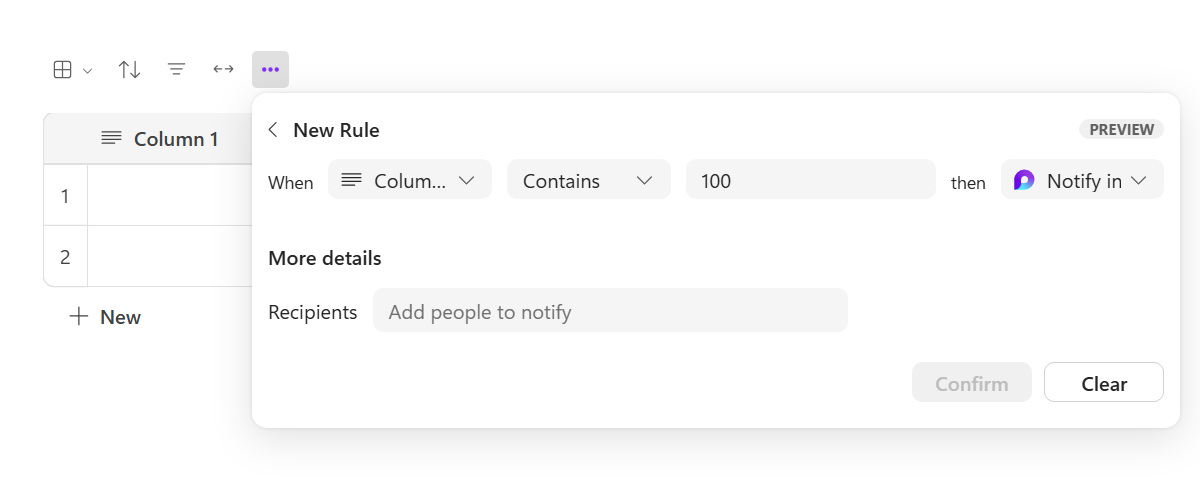
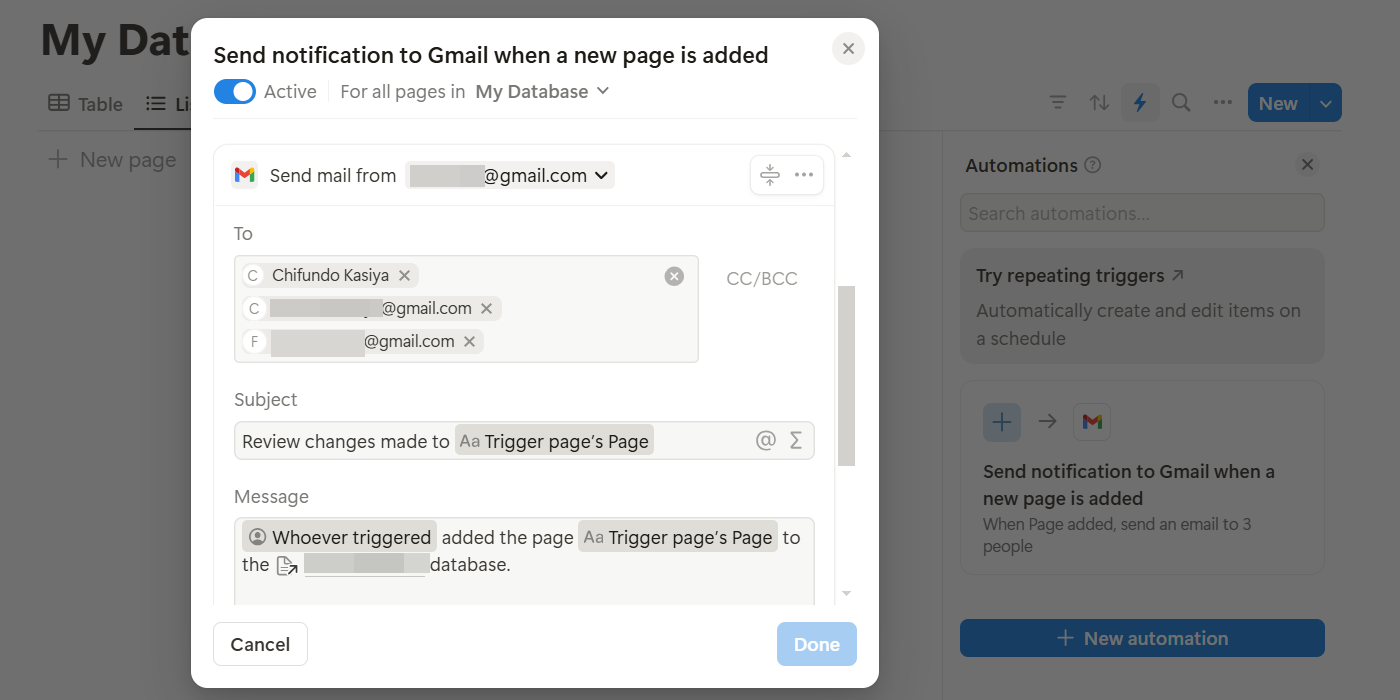
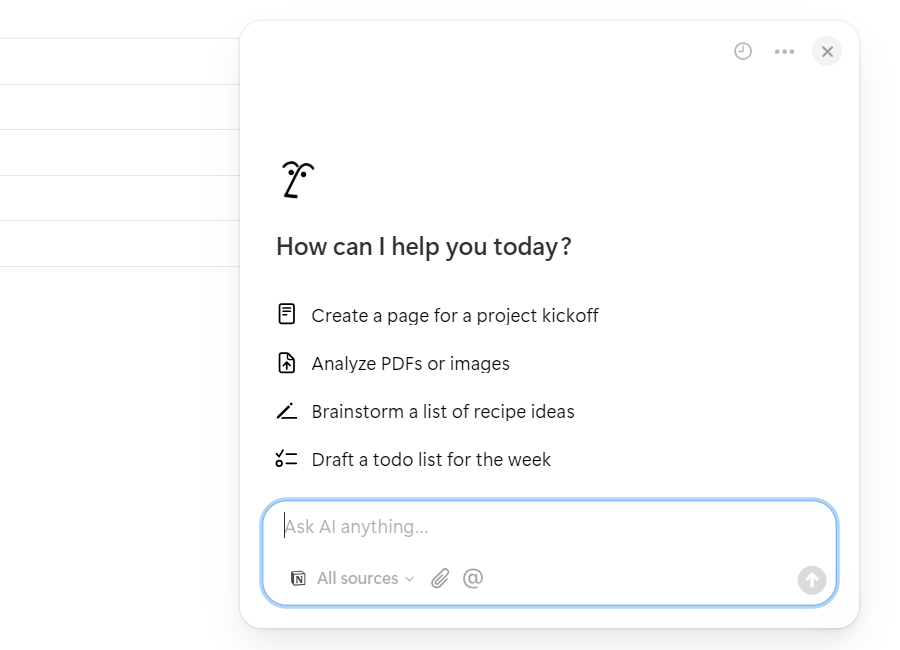





Leave a Comment
Your email address will not be published. Required fields are marked *